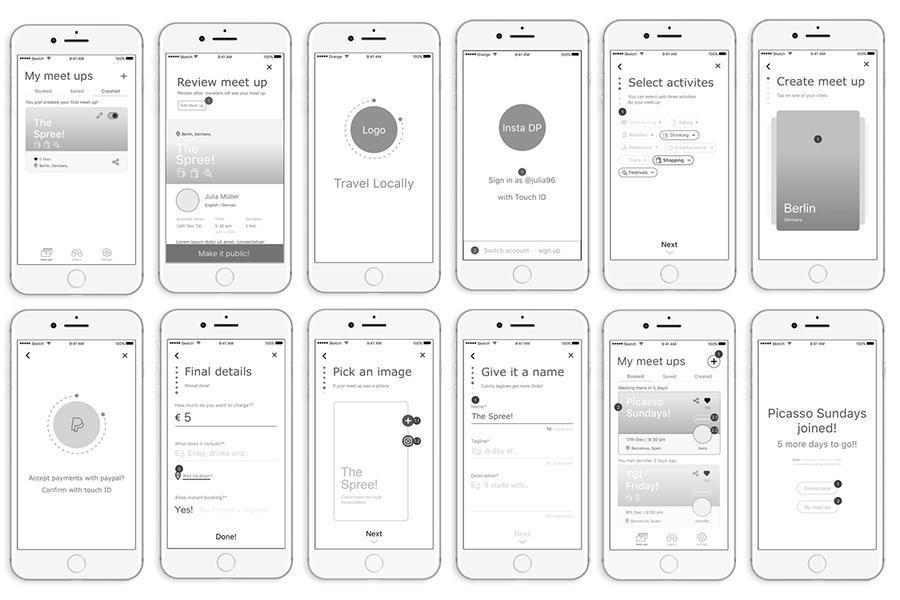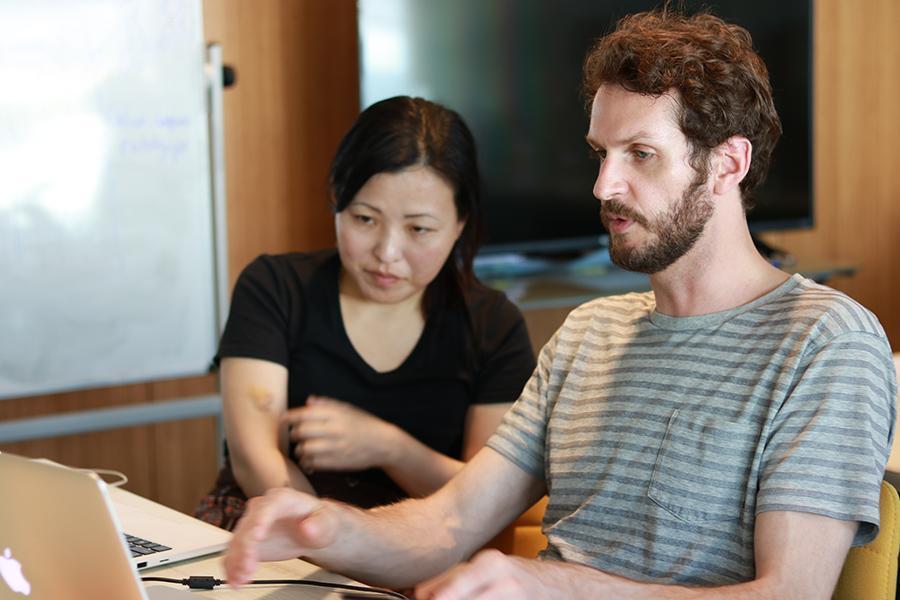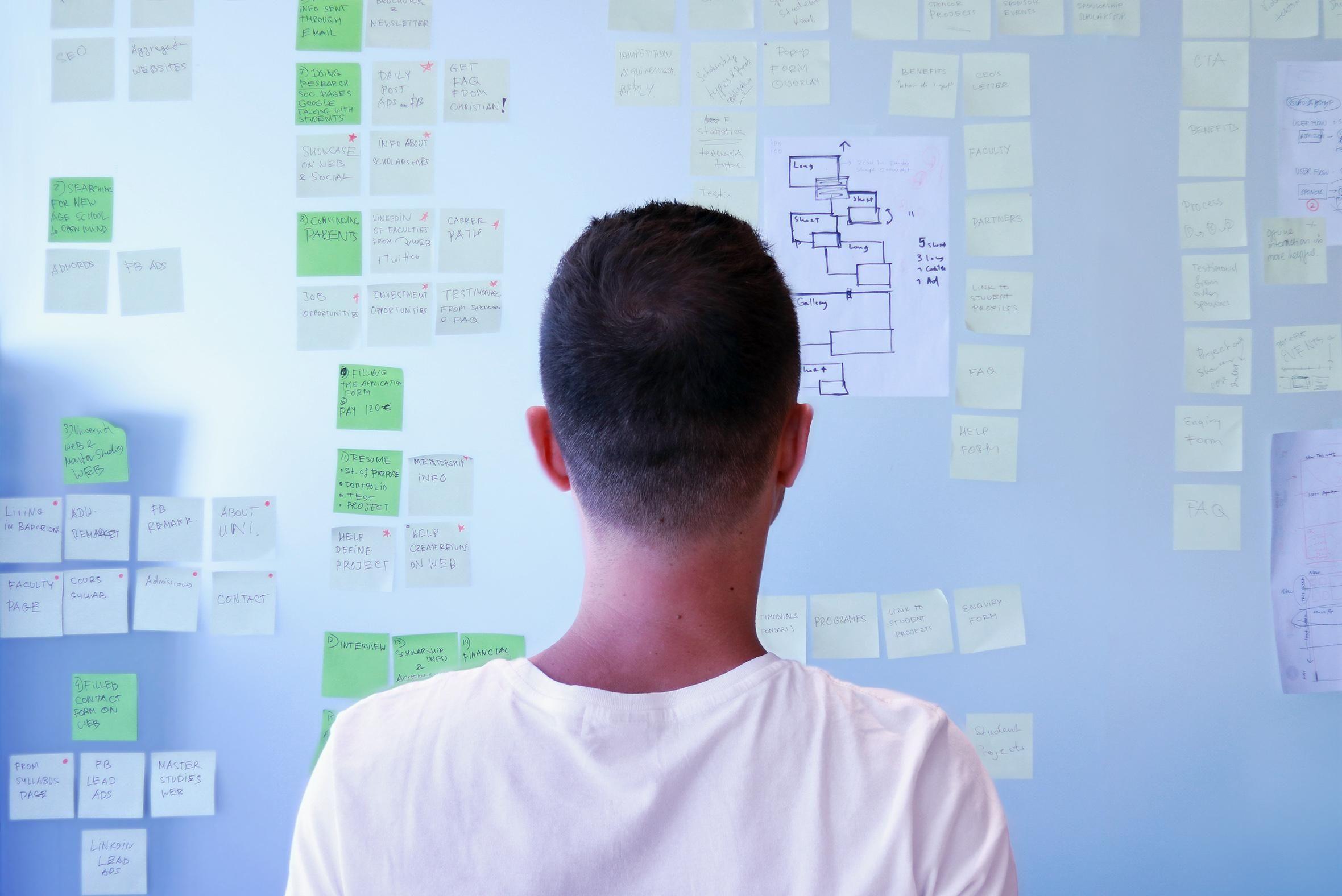How to Make Good Design Great
Designers are always striving to perfect their work and up their game. Good design can be achieved through sufficient design knowledge and technical skills. But how do you create a masterpiece, a great design? The answer can be found in one of the most successful companies of the last decades.


Writer at Harbour.Space University
Designers are always striving to perfect their work and up their game. Good design can be achieved through sufficient design knowledge and technical skills. But how do you create a masterpiece, a great design? The answer can be found in one of the most successful companies of the last decades.
The Secret Behind Apple’s Success
Apple is one of the leading technology companies of our day. Looking at its growth and success, people started asking “What is the secret behind Apple’s success?” There are articles, books and even movies about the story of Apple, the CEO Steve Jobs and the incredible growth of the company. However, the secret to the success of its products in the market lays in one answer.

The Apple company’s big difference from other technology companies lays in design’s central role in the company. Apple put products with such good design on the market such as iPhone and iPad, that people prefer their products compared to other brands.
Although there are phones on the market with better functions for cheaper prices, Apple’s products offer better interface, user experience and intuitive design. Time published a detailed article on how the success of Apple is based on their iterative approach.
The iPhone isn’t the world’s best-selling phone because of one or two headline-grabbing features (see LG’s curved screen or Samsung’s ‘smart scroll eye tracking’). It’s the world’s best-selling phone because Apple has spent eight years refining the device, gradually making it thinner, simpler and more polished, year after year after year." — Ben Taylor, Time Magazine
What Makes a Great Design
In order to make good design great, the first question to ask is “What are the qualities of a great design?” A great design is one that meets all the needs of aesthetics, effectiveness and usability. Let’s take a look at each component one by one.
First of all, a great design is aesthetically pleasing and attractive. Taking the example of iPhone, the shape of the phone is elegant and the interface is beautiful and simple. There is a consistent design language across different elements of the phone, from its charger to the App Store.
A great design is also one that can be effectively implemented to meet the initial goals and the brief from the client. Apple puts a high emphasis to design process and comes up with refined features and products that never fail to meet the company goals. Understanding the users and solving their pain points is the result of many detailed researches and user testing.

Lastly, a great design is functional and easy to use. From its UX/UI to the physical design of the phone, iPhone and other Apple products all offer outstanding intuitive user experiences. There are people of all ages using Apple devices and none of them needed to read a manual to use these devices. They don’t need to think actively to navigate inside the interface because Apple puts an emphasis on intuitive design. A great design is one that allows the users to accomplish their goals easily.
Good to Great Design
Now that we know that meeting the needs from all these perspectives is what makes a great design, how do we achieve it? The answer is iteration. Sure, advancing your technical skills and design knowledge is important. But no work is going to be great at one go.

To create good work, you have to become comfortable with the notion that in the beginning it will be mostly bad.”
That is why creating a design process that cycles between design, prototyping and user testing will give you valuable insights on how to pivot and adapt new strategies to build your product or service. To read more about design process, go to this article.
Adopting Iterative Design Process
In order to give an idea about how to adopt iterative process to your work, the next paragraphs are going to be about “Inception to Prototype” course at Harbour.Space, taught by Ron Wilde. As we went through various phases of our projects, all the time we were testing, getting feedback and improving our services/products.

At the beginning of the course, we have created a poll to analyse our potential user group and shared it with related social media groups, as well as the people in our class. Afterwards, we carried a face-to-face user interviews by asking them a bunch of non-leading questions about their pain points in relative topic. These data helped us to create accurate real life personas and allowed us to get a deeper grasp on our audience.
As the next step, we have created a user journey of the current state(without our product), focusing on the hacks people are currently using to get around their pain points caused by the lack of products/features to make their life easier. This research allowed us to understand what features of our product are necessary (MVP) and which are not.
Gathering all the data, we started to prototype the digital interface of our products. During this phase, we aimed to prototype as quick as possible and test with users as often as we could. We have made sketches, detailed wireframes and then made them interactive by using softwares such as Sketch and InVision.

When we had a prototype, we tested it with other people and talked them through their experience and how they were feeling at certain phases. After getting feedback from user testings, we went back to designing and then prototyping. Adopting such a process allowed us to make many iterations of our designs until the features we were working on became perfected.

Iterations Will Take You From Good to Great
If you want to take your designs from being good to great, there is one thing you should do: iteration. Iterative process will help you to achieve the qualities of a great design. By basing your design decisions on research and feedback from users, you can improve your design in terms of usability as you apply these decisions to your next prototype.
Iteration also helps you to improve the effectiveness of your design as it will allow you to strategize and pivot quickly. Adopting an iterative approach will get you one step closer to great design with each iteration you make. However, you will need more technical design skills and enough practice, if you want to ace the aesthetic standards with your work as well.
Thanks for reading
If you’re interested in further growth, take a look at our website to learn what your future could look like at Harbour.Space. Lastly, get in touch with us at hello@harbour.space to let us know your thoughts!
